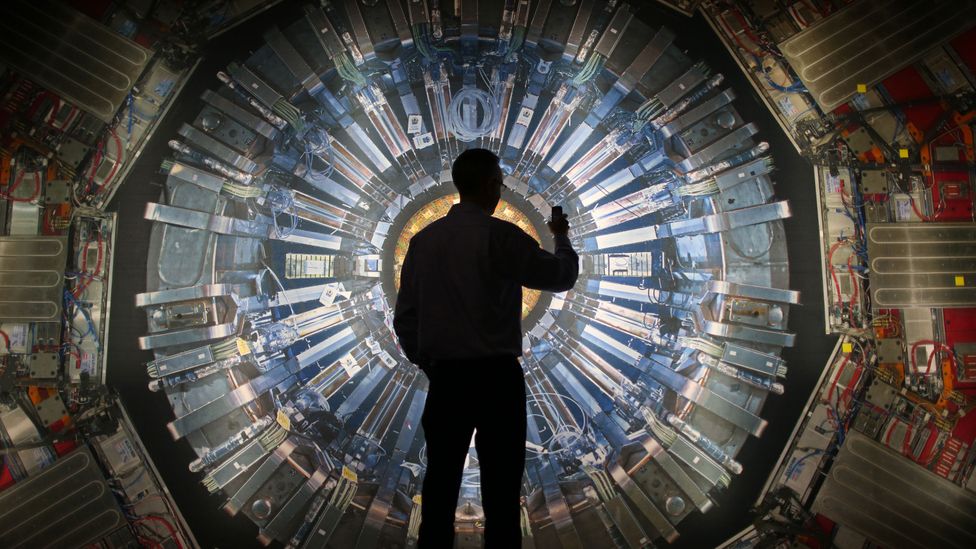Mega Scale Engineering
 Anushka Pansare
Anushka PansareTable of contents

The idea that people and intellect may evolve and shape the entire cosmos, for our purpose always sounds scientific hypothesis. Recent news articles and tech domains have highlighted the phrase "Mega scale Engineering." You may be curious about what Mega scale Engineering is? It is employing impressive and speculative sophisticated technology to design or construct enormous objects that might have a circumference of about 1000 kilometres in diameter. The well-known examples are moving planets, Dyson Spheres, orbit-to-ground Beanstalks, and Stellar Husbandry. These projects, which have been deliberately planned for many years down the road, are the fanciful things constructed from science fiction. The desire to create larger, more intricate machines, buildings and other objects is actually as ancient as the construction itself and has a longer history than you would think. Mega scale engineering might be defined as the process of designing a model without paying close attention to factors like the technology to be utilised, materials that may be required, labour costs, and the amount of time required to create something on such a vast scale. Give me a lever long enough to revolve the earth and a stable place to stand, as the great mathematician Archimedes famously remarked. He is such a brilliant guy who had the invasive understanding that one can apply many pressures above what their body alone would create using the aforementioned setups. Thus, with the aid of daydreaming engineers and scientists, some crazy designers and science fiction writers would come up with several such megastructures till the day when there would be further technological developments.
THE DYSON SPHERE Freeman Dyson proposed the Dyson sphere in 1960. It was the first large-scale project that concentrated on the motivational factors for the Project Orion Spacecraft. You might be wondering at this point what this massive project was. Imagine that humans could harness the sun's energy, and what if extraterrestrial civilizations already knew how to do it and were doing it every day? Dyson envisioned a solar system-sized power gathering structure as a required technology for intelligent civilizations throughout the universe. He said that looking for indications of the existence of these structures might aid in the discovery of habitable planets elsewhere in the galaxy. Thus, a Dyson sphere is nothing more than a made-up, hollow sphere of matter encircling the stars. One may say that it is around 93 million miles in diameter, which is the same as Earth's orbit around the sun. The Dyson sphere is a megastructure made up of several components that would assist capture solar energy and may be utilised for a variety of purposes.
THE SPACE ELEVATOR The Space Elevator is the next large structure to enter the scene after the Dyson sphere and the one we would construct. If we ever construct it, it will be history's first science fiction-inspired megastructure. The fundamental concept behind this architecture is to use attached cables to construct an elevator from the surface of the earth to the geostationary orbit. Beyond that, a weight with sufficient mass keeps the wire in space so that it is always taut, much like an earthbound plum line. The difficulty in building such replicas is that the power of the earth's daily revolution is just too tremendous, even for the most sophisticated materials yet created. Few scientists, however, think that carbon nanotubes may be useful, and many more say that the notion of a space elevator is absurd from a material perspective.
The majority of the megastructure projects we spoke about above are hypothetical and haven't yet been built. We cannot, however, exclude the possibility of future construction of these massive projects due to technological breakthroughs. Mega scale engineering projects are therefore intended to be concepts rather than detailed plans.
Subscribe to my newsletter
Read articles from Anushka Pansare directly inside your inbox. Subscribe to the newsletter, and don't miss out.
Written by
